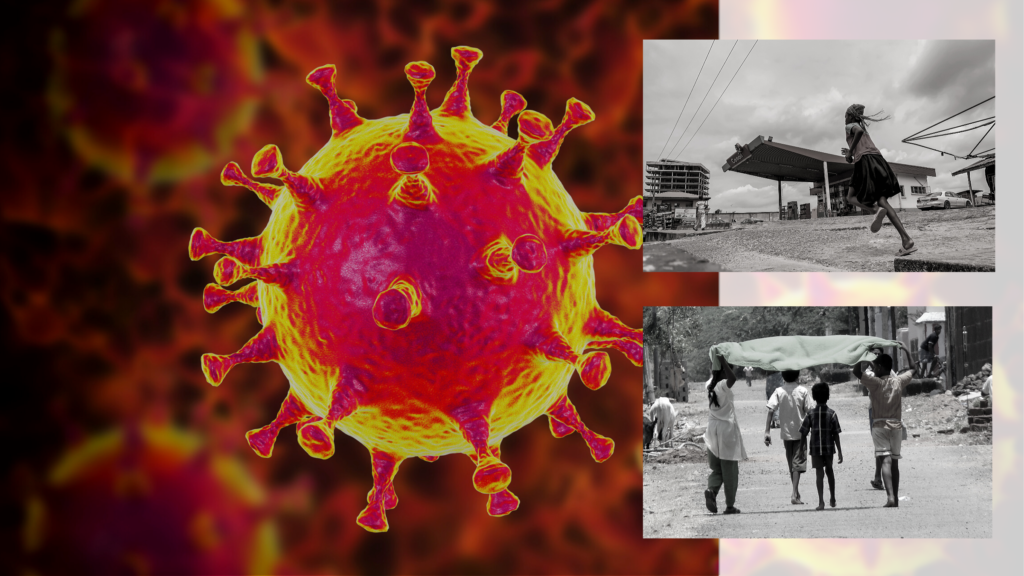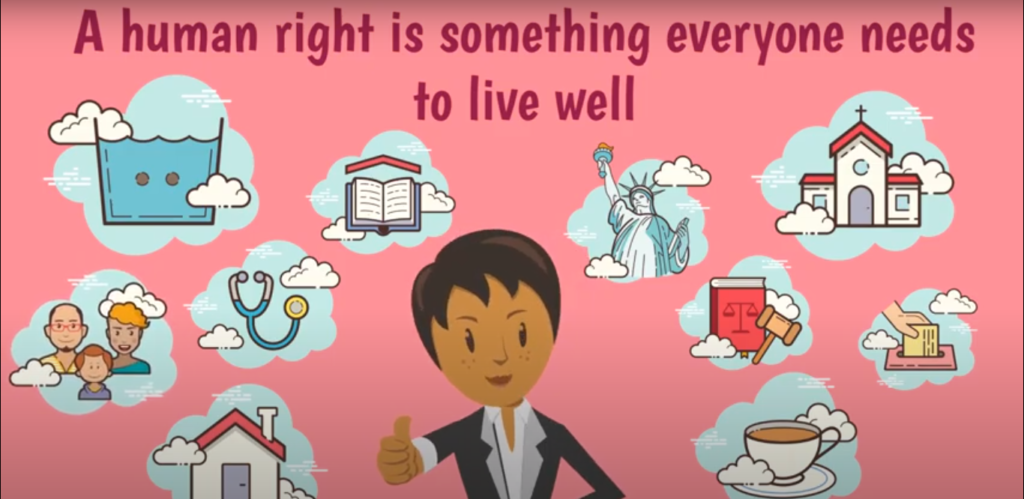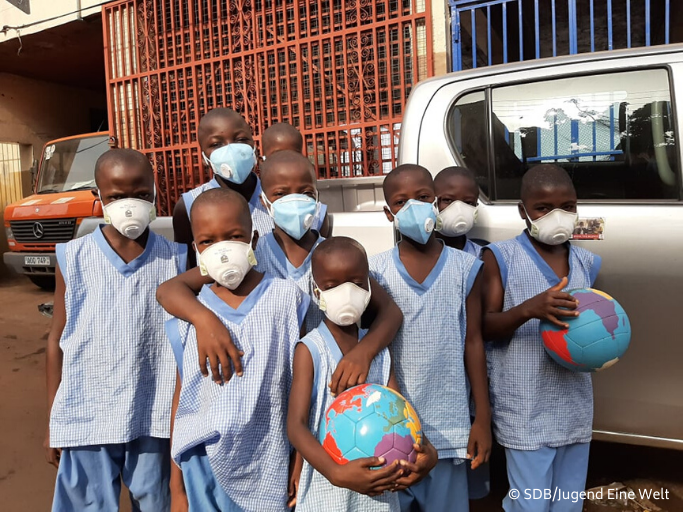The World Health Organisation (WHO) estimates that around 9 out of 10 children around the world are immunised. This may be an incredible achievement, but it leaves some 20 million children without protection.
Existing data tells us that street-connected children are routinely unable to access vaccines, and so, as the world races to develop a COVID-19 vaccine, will street-connected children be left behind?
While there is no guarantee that we will ever have an effective vaccine for COVID-19, numerous medical trials are underway. Unfortunately, even if a vaccine is developed, this does not ensure that everyone will be able to access it. Street-connected children are the least likely to be reached by vaccination coverage, or included in any data collection.
The scale of the challenge
Research shows that vaccine-preventable diseases are common among street-connected children, and that they are more likely to have worse health outcomes, including death. Studies conducted throughout the 1990s and 2000s consistently found high rates of Hepatitis A, B and C amongst street-connected children, including one study in Brazil which found that up to 92% of street-connected children had at some point been infected with hepatitis A. A recent study in Ethiopia found that a quarter of street-connected children under two years old had received no vaccinations, and a 2018 study in Kenya showed that nearly 25% of deaths amongst street-connected children were due to vaccine-preventable diseases.
Why don’t street-connected children receive vaccines?
Homelessness, poverty, and poor parental education, all make it more challenging to vaccinate street-connected children, but the real challenge is one of inclusion in the metrics. Household surveys, which are widely used to collect data on vaccine coverage, routinely exclude street-connected children and other vulnerable populations. A lack of robust data on number street-connected children means we cannot say accurately what proportion of street-connected children are vaccinated, nor how they can be reached.
When it comes to a COVID-19 vaccine, a global scarcity of vaccines, increased vaccine prices and fierce international competition, will only exacerbate the challenge. Academics and public health practitioners have raised concerns that the distribution of COVID-19 vaccines could be highly unequal, meaning that vulnerable populations such as street-connected children, particularly in lower and middle income countries, would face severe disadvantages.
More than 90% of the global capacity for vaccine production is in Europe and North America, and high-income countries are first in line when buying vaccines. The recent case of the drug Remdesivir is a stark illustration of this; after an American pharmaceutical company proved the drug helped recovery from COVID-19, the United States bought the entire global stock for the next three months.
It is not just in countries with less purchasing power that street-connected children face disadvantages. In wealthier countries, particularly those without nationalised healthcare, such as the USA, priority will be given to certain sections of the population and workforce, such as healthcare workers. Others may have to wait to purchase the vaccine without financial support from their governments, and it is clear that many of the most economically and socially marginalised will face significant disadvantages in accessing a vaccine.
What should governments do to ensure street-connected children receive a COVID-19 vaccine?
Politicians from around the world have already voiced their support for free COVID-19 vaccines for everyone, with EU Commission President Ursula Von Der Leyen outlining plans to help lower and middle-income countries purchase vaccines. This kind of international cooperation is important, but we need to ensure that street-connected children are included in data on which vaccination programmes are based and that healthcare systems and staff do not discriminate against them. Governments need to commit to adapting their data collection methods to ensure that marginalised groups are included, and to develop vaccination plans specifically designed for street-connected children and their families.


